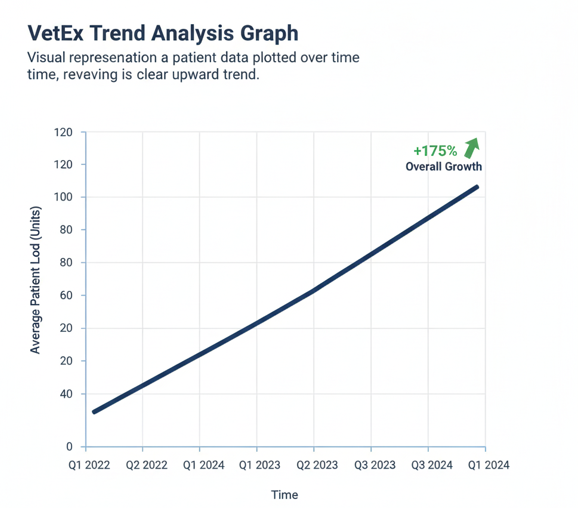The Frustration of the 'Normal' Sick Patient
Every clinician knows the feeling: a patient with clear, concerning clinical signs, and a lab report where every value falls neatly 'within normal limits.' This is the fundamental limitation of snapshot diagnostics. We are forced to make critical judgments based on a single moment in time, ignoring the most valuable data of all: the patient's own history. But what if we could see the entire film, not just a single photograph?
The Paradigm Shift: From Data Points to Data Arcs
The next frontier in diagnostic insight is longitudinal analysis—the practice of tracking a patient's biomarker data over months and years. This approach reframes our goal: we are no longer just hunting for a single 'abnormal' flag. Instead, we are looking for the subtle but significant drift from a patient's own unique baseline. A 'normal' creatinine of 1.4 mg/dL is insignificant in a snapshot, but it is a massive red flag in a patient whose baseline has always been 0.7. This is the power of the data arc; it provides context that a single point never can.
The `VetEx` Engine: Turning Archives into Actionable Insight
The primary barrier to this approach has been the logistical and cognitive burden of manually comparing past results. The `VetEx` intelligence platform is designed to solve this. It automatically ingests and structures historical data, allowing you to instantly connect the dots over time. With a single click, it transforms a folder of old PDFs into a clear, visual trend line, amplifying subtle signals that were previously buried in the archives.

Proof in Practice: Unmasking Cushing's with Trend Analysis
Consider the case of a 9-year-old dog with vague signs. For two years, its Alkaline Phosphatase (ALP) was always 'normal,' rising slowly from 80 to 150 U/L. No single result triggered an alarm. But when viewed as a trend line in `VetEx`, the persistent, upward trajectory was an undeniable signal of developing hyperadrenocorticism. The platform provided the clear path to an early diagnosis that would have otherwise been missed. This is the power of watching the film, not just the snapshot.
Read the Full Cushing's Case Study →A New Standard of Proactive Care
Viewing every diagnostic test as a chapter in an ongoing narrative is more than just a technique; it is a fundamental shift in our approach to medicine. It allows us to move from reactive problem-solving to proactive health management. By embracing the power of longitudinal data, we can uncover certainty earlier, intervene sooner, and fulfill our ultimate mission to provide a longer, better quality of life for our patients.